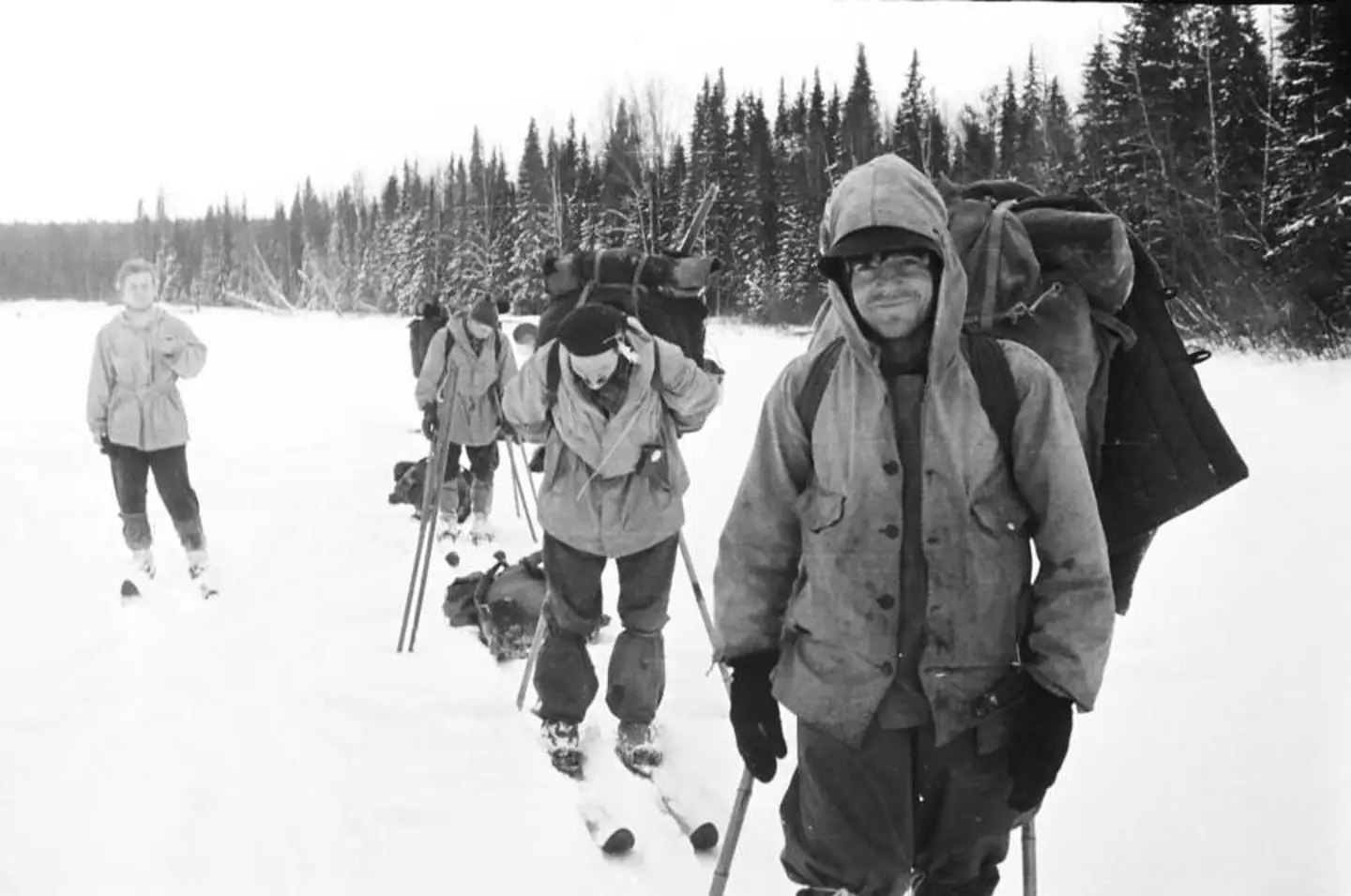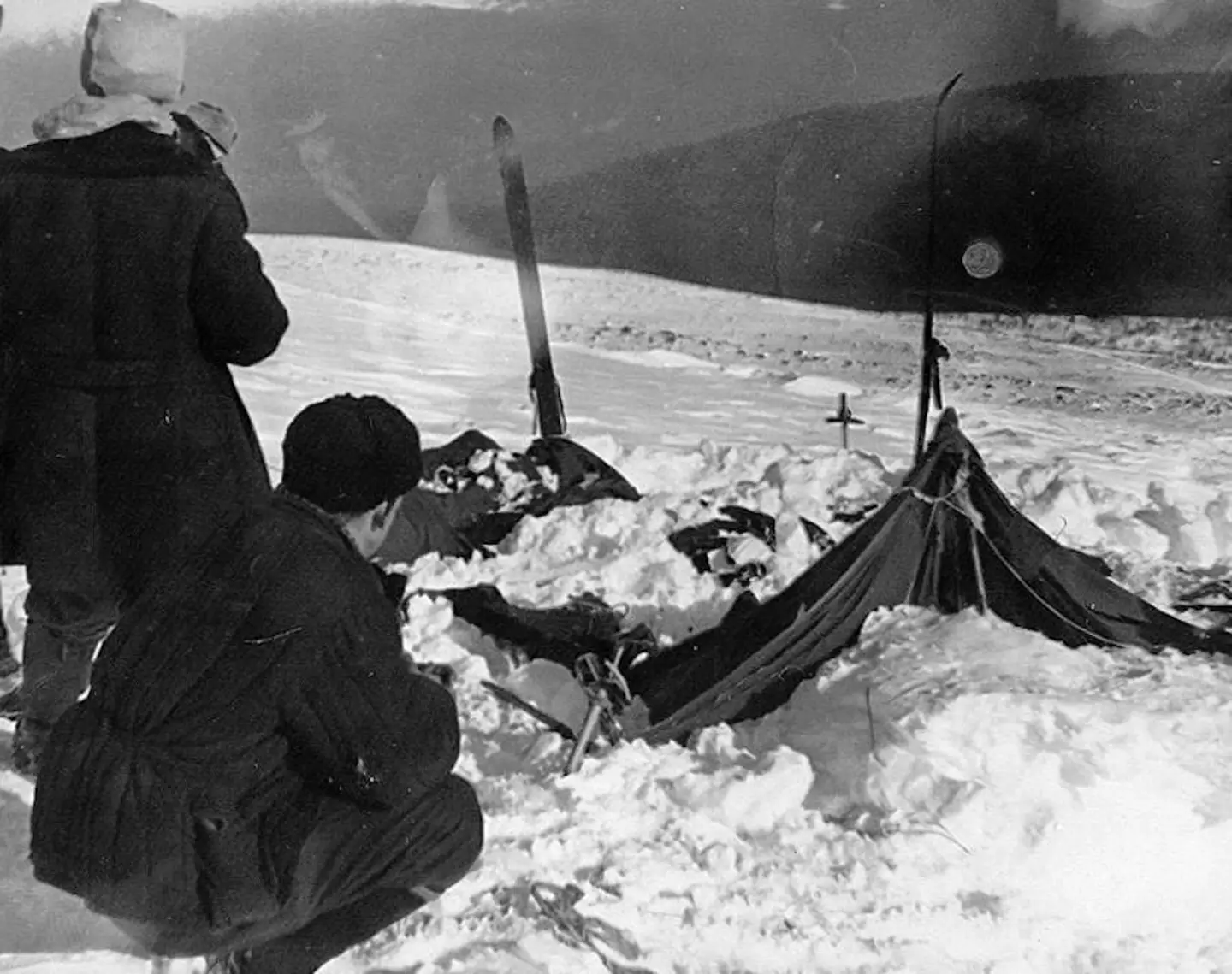“Unlocking the Abyss: A Gripping Simulation Reveals the Bizarre Circumstances Behind Nine Mysterious Deaths That Still Baffle Investigators”
Imagine being deep in the snow-laden Ural Mountains, the biting cold wrapping around you like a vice, and you suddenly witness a scene so bizarre it feels like a fever dream. In 1959, nine skilled cross-country skiers set off on what was supposed to be a thrilling expedition, only to become part of one of the most perplexing mysteries in history—an incident that still sends chills down spines and fuels wild theories from aliens to military cover-ups. When their bodies were discovered, the aftermath revealed a horrifying tableau: their tent was slashed from within, and some were found in less than adequate clothing for the subzero temperatures. How could this happen? Was it sheer misfortune, or did they stumble into something far more sinister? Join me as we delve into the Dyatlov Pass incident—an enigma that continues to baffle both enthusiasts and experts alike, as recent chilling simulations shed light on the dreadful fate of these adventurers. Curious about the details? Click here to LEARN MORE.
A chilling simulation has revealed how nine people died in one of the biggest mysteries known to man.
It all transpired in 1959, in the Ural Mountains in Russia, which run from the coast of the Arctic Ocean to the river Ural and northwestern Kazakhstan, in the colder, Asian portion of the country.
Nine experienced cross-country skiers were found dead in bizarre circumstances on what is known as the Dyatlov Pass incident.

They initially set off on an ambitious trek (Russian National Archives)
Conspiracy theories have ran wild over what happened on that day 65 years ago, from aliens to the involvement of the military, though we still don’t know for sure.
A Soviet investigation at the time owed it to an ‘unknown compelling force’ that took effect, and these claims heightened after details of the victims were made public.
All of the people had graduated from the Ural Polytechnic Institute, with the nine consisting of seven men and two women, with the leader being a 23-year-old man by the name of Igor Dyatlov.
The group failed to travel the full distance of their planned 220-mile route to Mount Otorten in skis, and a rescue team stumbled upon what can only be described as something out of a horror film.
The simulation simulates what the bodies may have looked like when the rescue team stumbled upon them.
Firstly, the tent was ripped open from the inside.
They also found that all nine travellers were dead, with two, Lyudmila Dubinina and Semen Zolotarev, having empty eye sockets, while Dubinina was also missing her tongue.
Another had a twisted neck, while a different body had a fractured skull, though some showed signs of internal injuries.
Some of the bodies were found out of the tent in nothing but socks and underwear, despite the freezing, snowy weather.
A number of people claim that yetis are responsible for their deaths, though some theorise that some members of the group had connections to the KGB and were secretly on a mission to meet US agents.

The investigators stumbled on a grisly scene (Wikimedia Commons)
However, an investigation by the Russian prosecutor-general’s office claims to have solved the mystery.
Andrei Kuryakov, the senior state prosecutor said that they were in the way of an avalanche, and attempted to shield themselves.
He claimed: “This was a natural avalanche limiter. They did everything right. But here is the second reason why the group was doomed.
“When they turned around, they could not see the tent. Visibility was 16 metres (52ft).”
Kuryakov further explained: “It was a heroic fight. There was no panic, but they had no chance in these circumstances.”
But due to the conditions, they froze to death in temperatures between between -40°C and -45°C, though some are still not convinced of this explanation.
Alexander Puzrin and Johan Gaume, two Swiss-based researchers, also backed up the claims in a 2021 report.
There is currently a monument in the Mikhailovskoe Cemetery at Yekaterinburg in honour of the deceased group, though the explanation behind their deaths remains as a big question mark.












